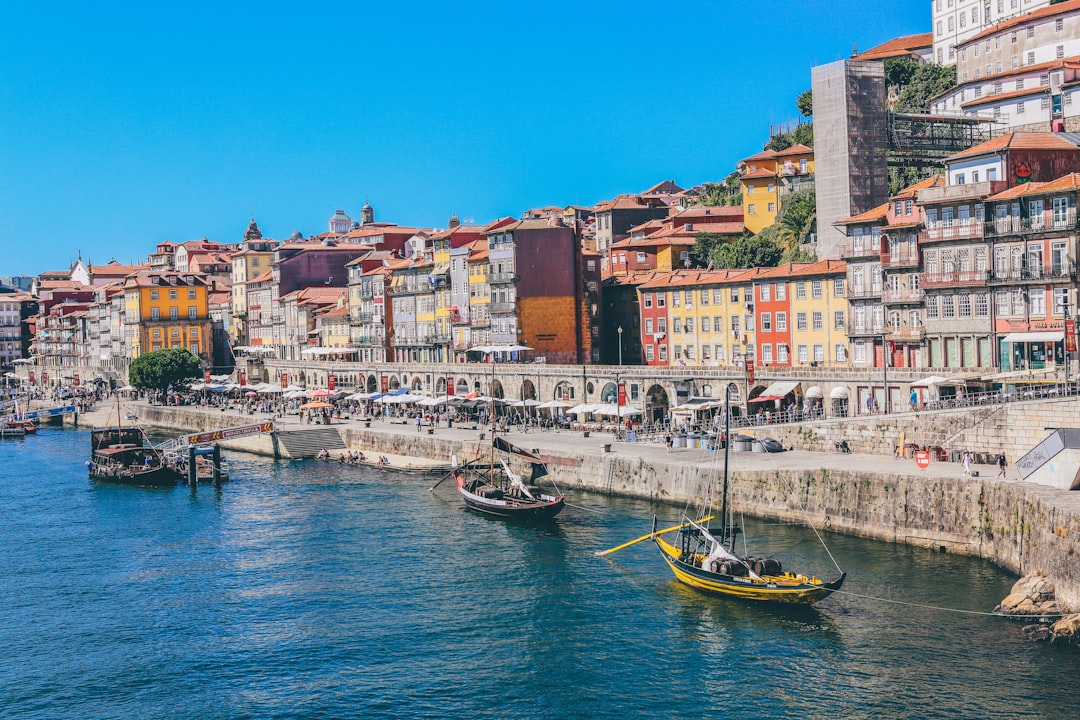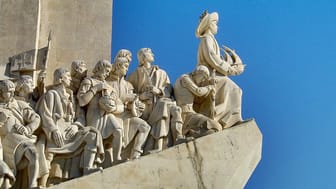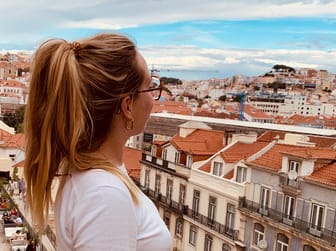Park and Palace of Monserrate
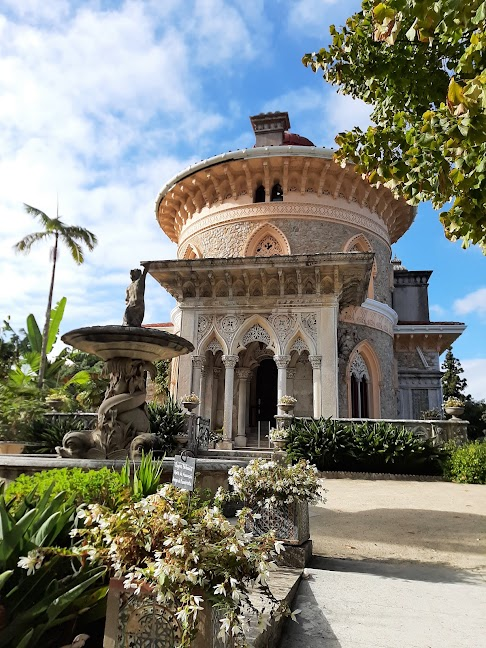
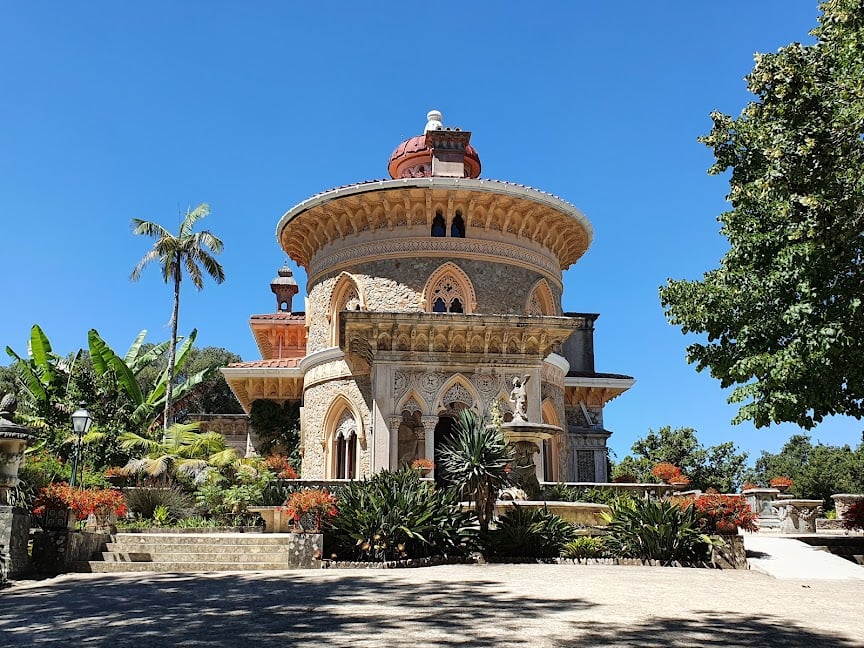
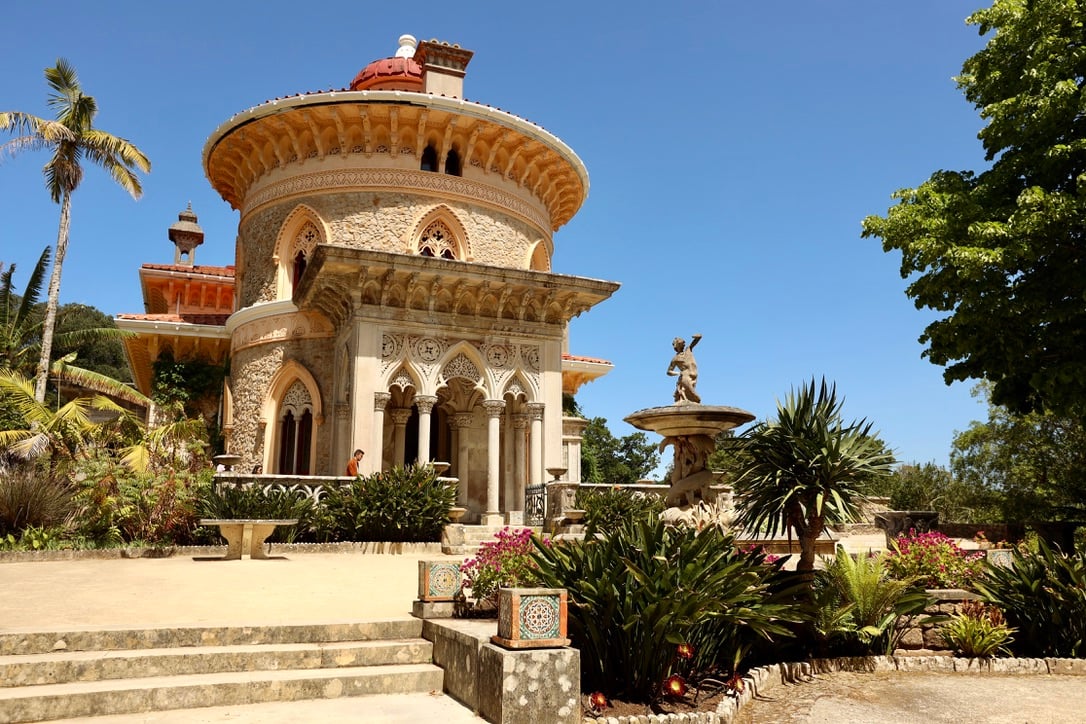
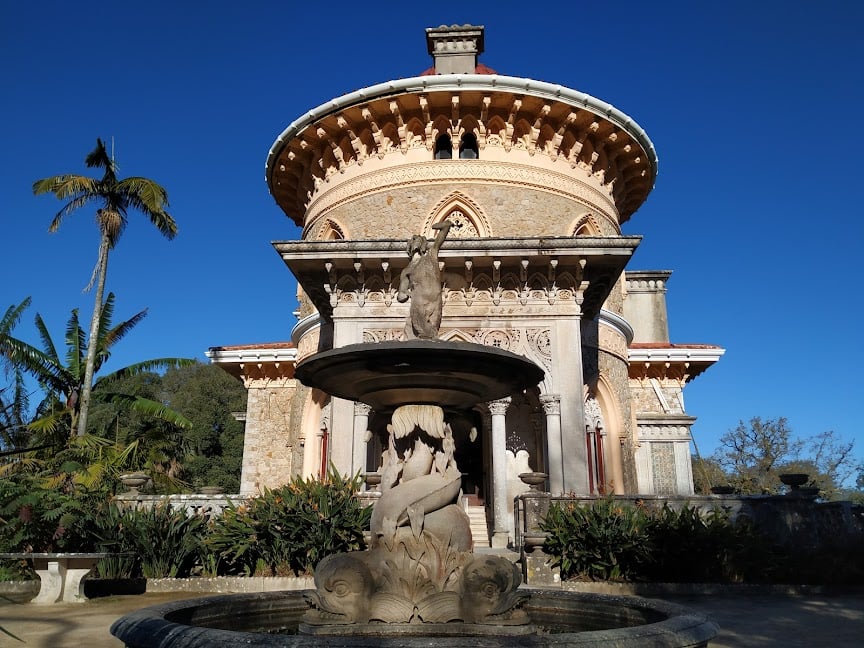
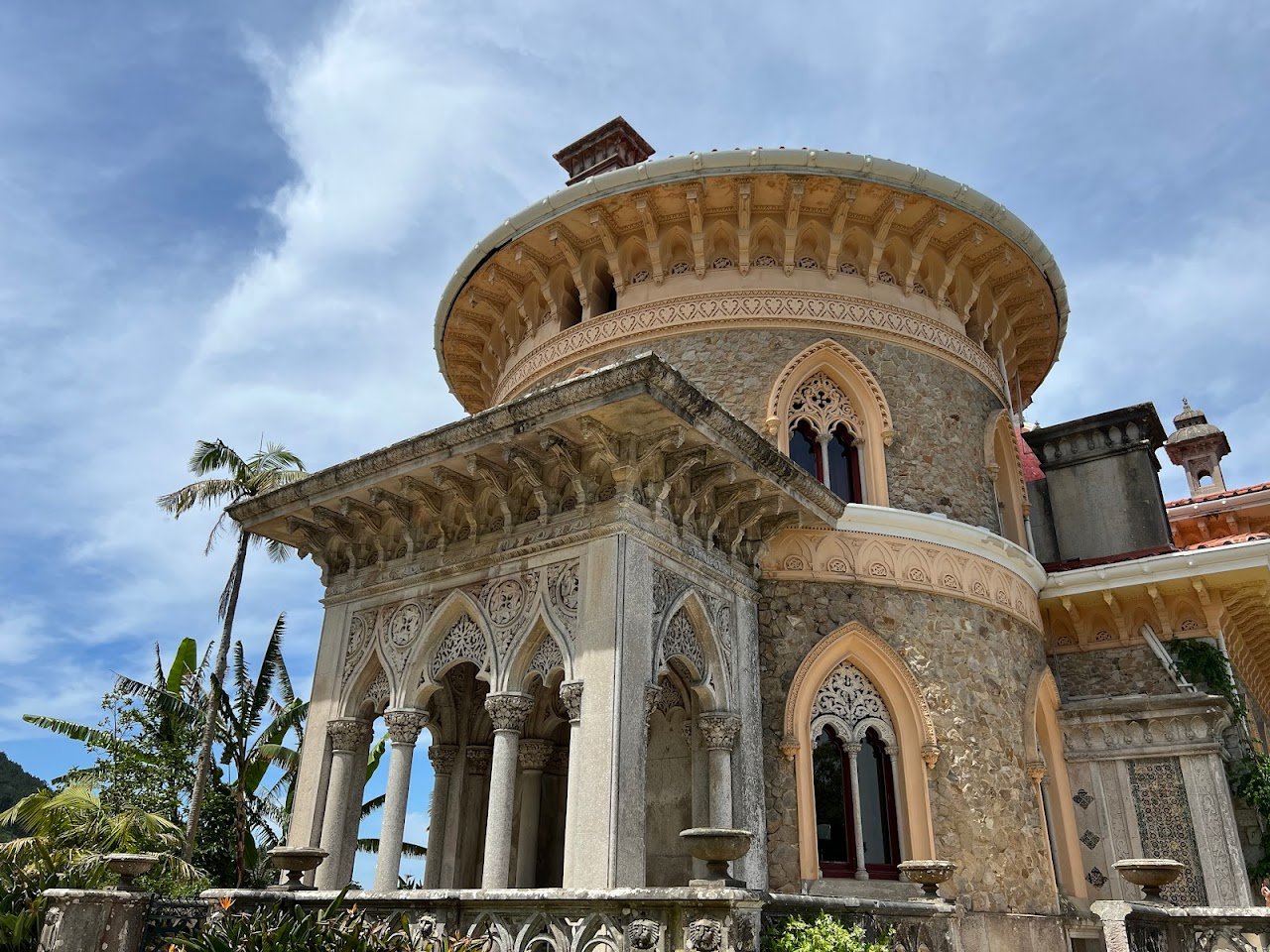
Ask ThatchGPT
Suggest a local expert to plan my trip
Suggest an unique itinerary for my Sintra trip
What foods do Sintra locals eat
What are some true hidden gems in Sintra
Help me brainstorm trip ideas for Sintra
Help me plan a family-friendly trip to Sintra
What people say
Pedro Pereira
Available for hire
"The history of Monserrate begins in 1540, when Friar Gaspar Preto ordered the construction of a hermitage dedicated to Our Lady of Monserrate, after a trip through the Iberian Peninsula, in which he marveled at the hermitage of Montserrat in Catalonia, near Barcelona. The property then belonged to the Hospital de Todos os Santos in Lisbon, of which Frei Gaspar Preto was rector and remained that way, as a place of worship and production of agricultural products intended for the Hospital's consumption.
In the 17th century, the Mello e Castro family took possession of Quinta de Monserrate and, in 1718, D. Caetano de Mello e Castro, Commander of Christ and Viceroy of India, acquired the farm. However, a few years later, in 1755, the Lisbon earthquake devastated the place, leaving a large trail of destruction. Even in poor condition, in 1789 the site was leased to Gerard de Visme, an English merchant who had a neo-Gothic style castle built there, but who lived there for a few years.
In 1794, the English writer William Beckford became the new tenant of Monserrate. After that, restoration work is carried out on the building and the immense gardens that surround it. The place was abandoned again in 1799, when the writer left the property. The lease contract only ended eight years later.
Even in a state of decline, the place attracts numerous foreign travelers, especially English ones. It is visited by Lord Byron, an illustrious poet with an unshakable link to the Romantic movement, who expressed his love for Monserrate in the poem "Childe Harold's Pilgrimage".
It was then in 1863, after so many owners, stories, restorations and abandonments, that Francis Cook, an English merchant and art collector, became the owner of Quinta de Monserrate and the 1st Viscount of Monserrate. There he ordered the construction of a palace that combines Gothic, Indian influences and Moorish suggestions. The exotic and vegetal motifs of the interior decoration extend harmoniously to the exterior, which has also been redesigned and transformed into one of the most beautiful Portuguese botanical gardens.
Constituting one of the most notable landscape creations of Romanticism in Portugal, the Monserrate Park received species from all over the world, which were organized by geographical areas, reflecting the diverse origins of the plants and composing scenes along paths, among ruins, corners , lakes and waterfalls. It is thus, mainly thanks to the intervention of the landscaper William Stockdale, the botanist William Neville and the master gardener James Burt but, above all, to the romantic spirit of Francis Cook, that we can today find in Monserrate Park contrasting scenes that, throughout winding paths and in coexistence with spontaneous species of the region, such as the arboreal strawberry trees, the now very rare hollies and the imposing cork oaks, ancient tree ferns and araucaria, agaves and palm trees appear that recreate a scene from Mexico, camellias, azaleas, rhododendrons and bamboos, reminiscent of a Japanese garden."
Noémie Randrianarijaona
"Leisurely stroll through the gardens of Monserrate Palace.
Marvel at the exotic plants and architectural wonders as the sun sets."
Read more in:
Emma Myrick
Available for hire
"Gorgeous palace and park. The architecture is ornate and gorgeous! 8€ entry fee. "
Read more in:
Mentioned in these guides
About Park and Palace of Monserrate
Get the inside scoop on Park and Palace of Monserrate from local experts, travel creators, and tastemakers. Browse genuine trip notes, Park and Palace of Monserrate reviews, photos, travel guides, and itineraries from real travelers and plan your trip with confidence.
Address
Phone
Save this spot for later or start mapping out a new trip today
Try our AI Travel Assistant and get instant answers to any questions about your trip.
Ask ThatchGPT
